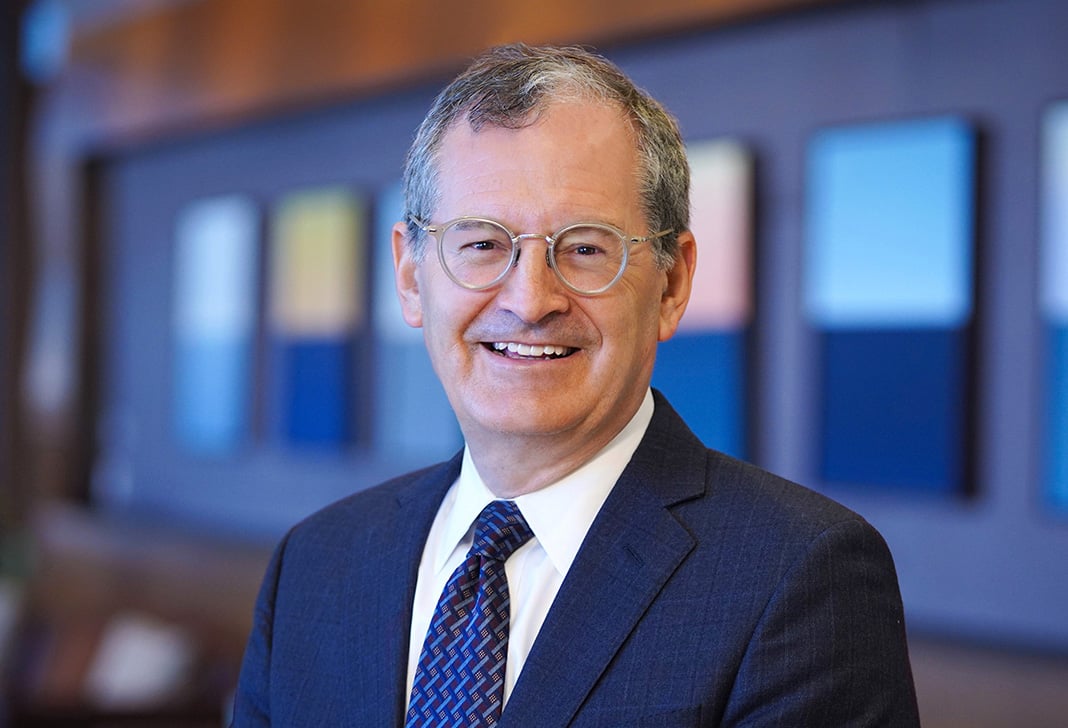
Ninth Circuit Abandons Entz-White: Default-Rate Interest Required to Cure and Reinstate Secured Debt Under Chapter 11 Plan
In 1994, Congress amended the Bankruptcy Code to add section 1123(d), which provides that, if a chapter 11 plan proposes to "cure" a default under a contract, the cure amount must be determined in accordance with the underlying agreement and applicable nonbankruptcy law. Since then, a substantial majority of courts, including the U.S. Court of Appeals for the Eleventh Circuit, have held that such a cure amount must include any default-rate interest required under either the contract or applicable nonbankruptcy law. See, e.g., JPMCC 2006-LDP7 Miami Beach Lodging, LLC v. Sagamore Partners, Ltd. (In re Sagamore Partners, Ltd.), 620 Fed. Appx. 864, 2015 BL 280922 (11th Cir. Aug. 31, 2015).
Until this year, courts in the Ninth Circuit were outliers in this debate, adhering to a contrary approach articulated nearly three decades ago by the U.S. Court of Appeals for the Ninth Circuit in Great Western Bank & Trust v. Entz-White Lumber and Supply, Inc. (Entz-White Lumber and Supply, Inc.), 850 F.2d 1338 (9th Cir. 1988). In Entz-White, the Ninth Circuit held that the payment of default-rate interest is not required to cure and reinstate a defaulted secured debt under chapter 11 because cure effectively nullifies all aspects of the default and rolls back the status quo to a time prior to its occurrence.
Despite the enactment of section 1123(d) and the weight of judicial authority in other circuits rejecting the Entz-White approach, Ninth Circuit courts, including the Court of Appeals, remained faithful to the Entz-White rule for 28 years, albeit sometimes reluctantly. See General Elec. Capital Corp. v. Future Media Productions, Inc., 536 F.3d 969 (9th Cir. 2008) (declining to rule that Entz-White was overruled by section 1123(d)); In re Phoenix Bus. Park Ltd. P’Ship, 257 B.R. 517, 522 (Bankr. D. Ariz. 2001) (finding that "Entz-White remains good law in the Ninth Circuit" because "Congress did not legislatively overrule Entz-White" when it enacted section 1123(d)).
However, the primacy of Entz-White finally ended this year. In In re New Invs., Inc. (Pacifica L 51 LLC v. New Invs., Inc), 2016 BL 368939 (9th Cir. Nov. 4, 2016), the Ninth Circuit held that "Entz-White’s rule of allowing a curing debtor to avoid a contractual post-default interest rate in a loan agreement is no longer valid in light of § 1123(d)."
Cure and Reinstatement Under a Chapter 11 Plan
In a chapter 11 case, the debtor-in-possession or other plan proponent can propose a plan that decelerates a defaulted loan, "cures" any defaults (with certain exceptions), and reinstates the original terms of the debt—in effect, "roll[ing] back the clock to the time before the default existed." MW Post Portfolio Fund Ltd. v. Norwest Bank Minn., N.A. (In re Onco Inv. Co.), 316 B.R. 163, 167 (Bankr. D. Del. 2004); see also 11 U.S.C. § 1124(2) (specifying requirements for rendering a secured claim unimpaired); 11 U.S.C. § 1123(a)(5)(G) (providing that a plan shall provide adequate means for its implementation, such as "curing or waiving of any default"). If a lender’s claim is "unimpaired" due to cure and reinstatement, the lender will be deemed to have accepted the plan and will not be entitled to vote on it. See 11 U.S.C. § 1126(f).
Prior to 1994, the Bankruptcy Code did not provide guidance as to the meaning of the term "cure," and courts were split as to whether payment of default-rate interest was required in order to cure a default. While most courts required payment of default-rate interest in order to cure defaults and reinstate an obligation under a plan, a minority of courts, including the Ninth Circuit in Entz-White, held that the payment of default-rate interest is not required because cure effectively nullifies all aspects of a default and reinstates the pre-default status quo.
In 1994, however, lawmakers added section 1123(d) to the Bankruptcy Code, which provides that, notwithstanding the entitlement of oversecured creditors to collect post-petition interest under section 506(b), the "best interests" requirement of section 1129(a)(7), and the cramdown requirements of section 1129(b), "if it is proposed in a plan to cure a default[,] the amount necessary to cure the default shall be determined in accordance with the underlying agreement and applicable nonbankruptcy law."
Most courts have interpreted section 1123(d) as requiring payment of default-rate interest as a condition of cure to the extent that it is required by the underlying agreement or applicable nonbankruptcy law. See, e.g., In re Moody Nat’l SHS Houston H, LLC, 426 B.R. 667, 672 (Bankr. S.D. Tex. 2010) ("To the extent that there was ambiguity as to how to cure a default when Entz-White was written, that ambiguity evaporated in 1994 when § 1123(d) was added" to the Bankruptcy Code); In re 1 Ashbury Court Partners, LLC, 2011 BL 396895 (Bankr. D. Kan. Oct. 5, 2011); In re General Growth Props., Inc., 451 B.R. 323 (Bankr. S.D.N.Y. 2011); In re Schatz, 426 B.R. 24 (Bankr. D.N.H. 2009). As noted, courts in the Ninth Circuit embraced the contrary Entz-White approach.
New Investments Turns the Page
The Ninth Circuit finally abandoned Entz-White in New Investments, but not without dissent. In the case, the debtor’s chapter 11 plan proposed to cure a default on a commercial real estate loan by selling the property to a third party and using the proceeds of the sale to pay the outstanding amount of the loan at the pre-default interest rate. The secured lender objected, claiming that, under the terms of the note, it was entitled to be paid at the higher, post-default interest rate.
On appeal of the bankruptcy court’s order confirming the plan over the lender’s objection, a divided three-judge panel of the Ninth Circuit reversed. The panel’s majority wrote that "§ 1123(d) renders void Entz-White’s rule that a debtor who proposes to cure a default may avoid a higher, post-default interest rate in a loan agreement." According to the majority opinion, "[b]y its terms, § 1123(d) tells us to look to the promissory note and Washington law to determine what amount New Investments must pay to cure its default. . . . [and] [h]ere, that analysis requires the payment of post-default interest."
Circuit Judge Marsha S. Berzon dissented, stating that "neither the text of the statute nor the legislative history of § 1123(d) support[s] the majority’s departure [from Entz-White]." According to Judge Berzon, "[n]owhere did the 1994 amendments define ‘cure a default’ or suggest that this Circuit’s then-operative definition of ‘cure’ was incorrect." Furthermore, she noted, Congress focused on addressing an entirely different matter—the U.S. Supreme Court’s decision in Rake v. Wade, 508 U.S. 464 (1993) (holding that an oversecured lender was entitled to pre- and post-confirmation interest ("interest on interest") on mortgage arrearages paid to cure a default under a chapter 13 plan)—when it enacted section 1123(d).


